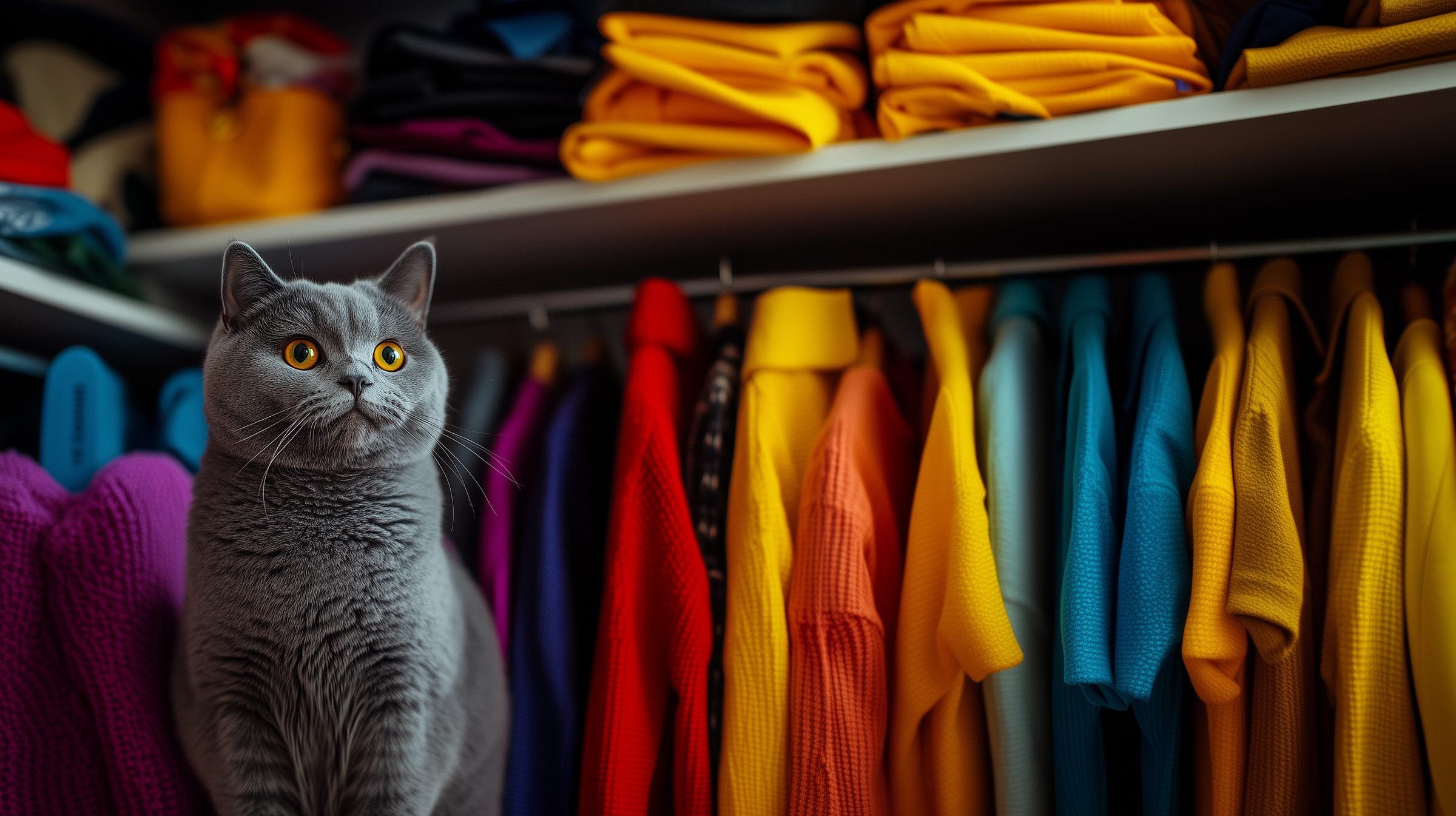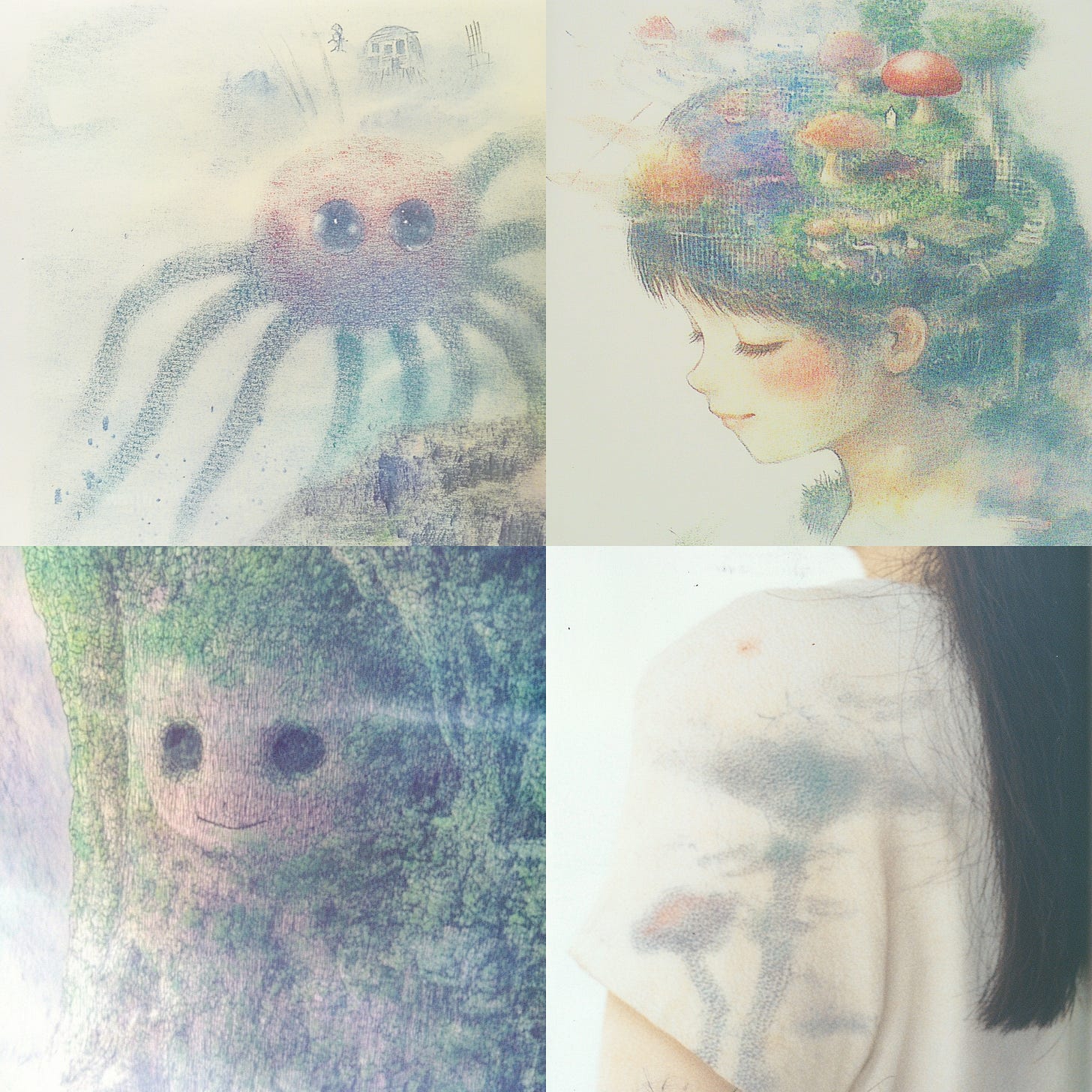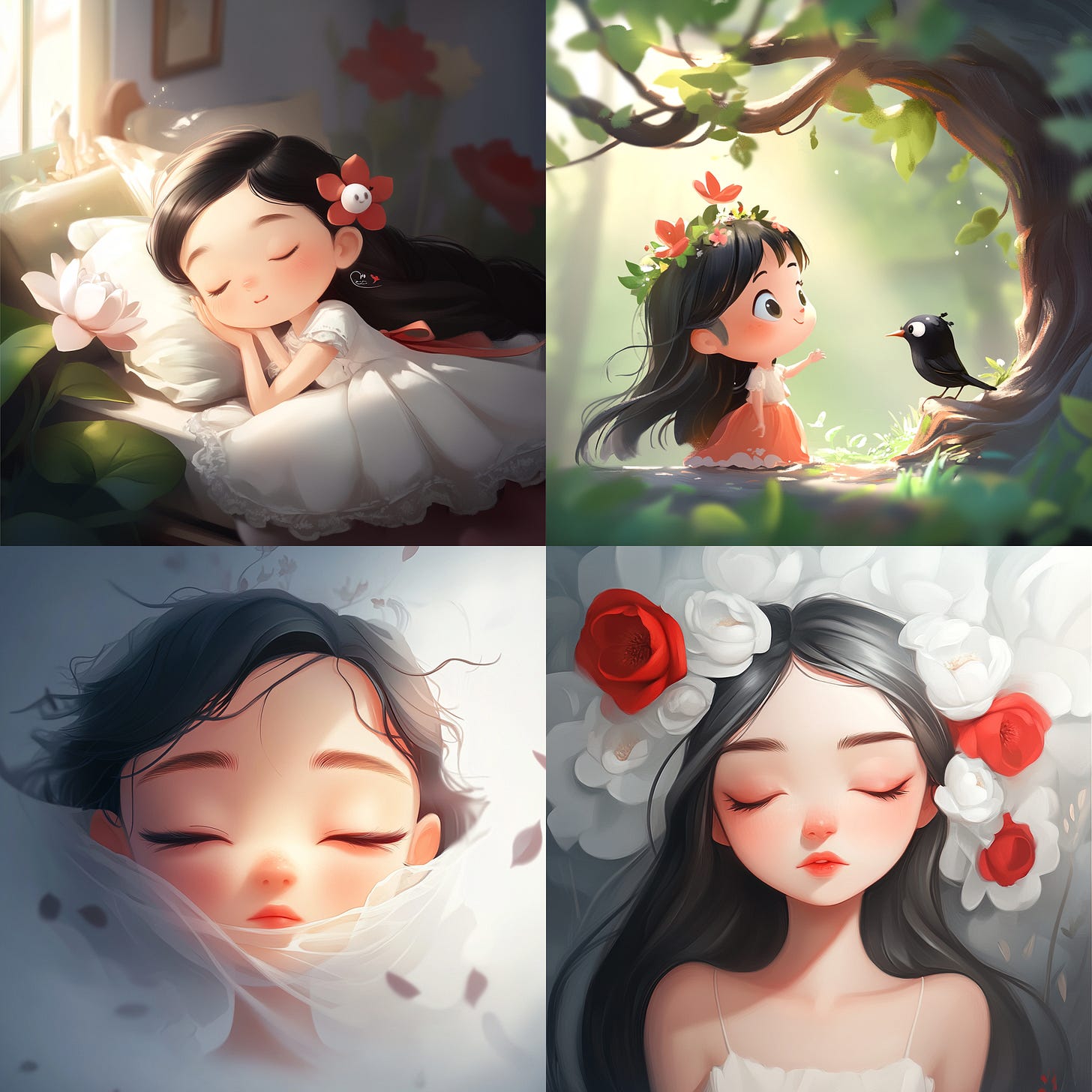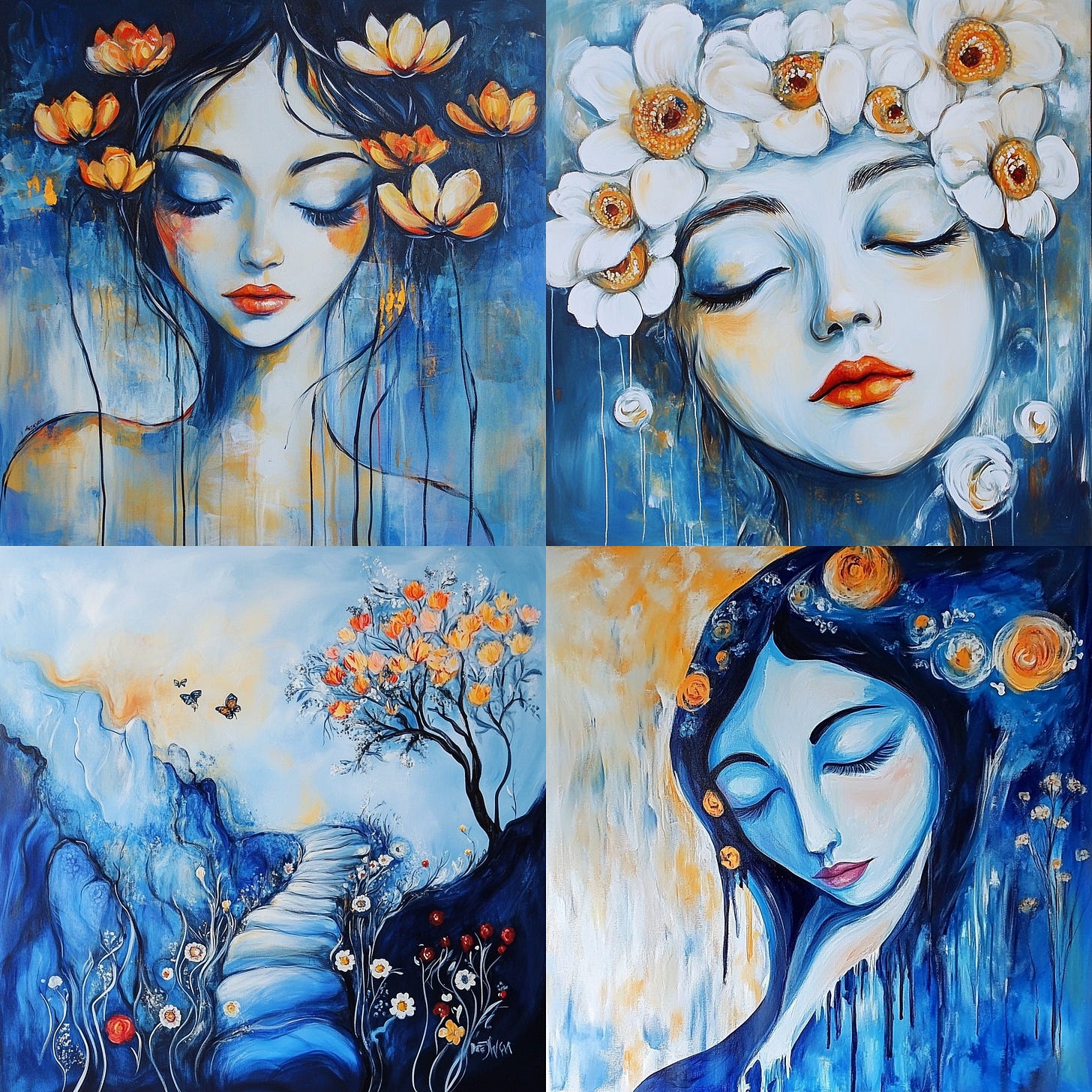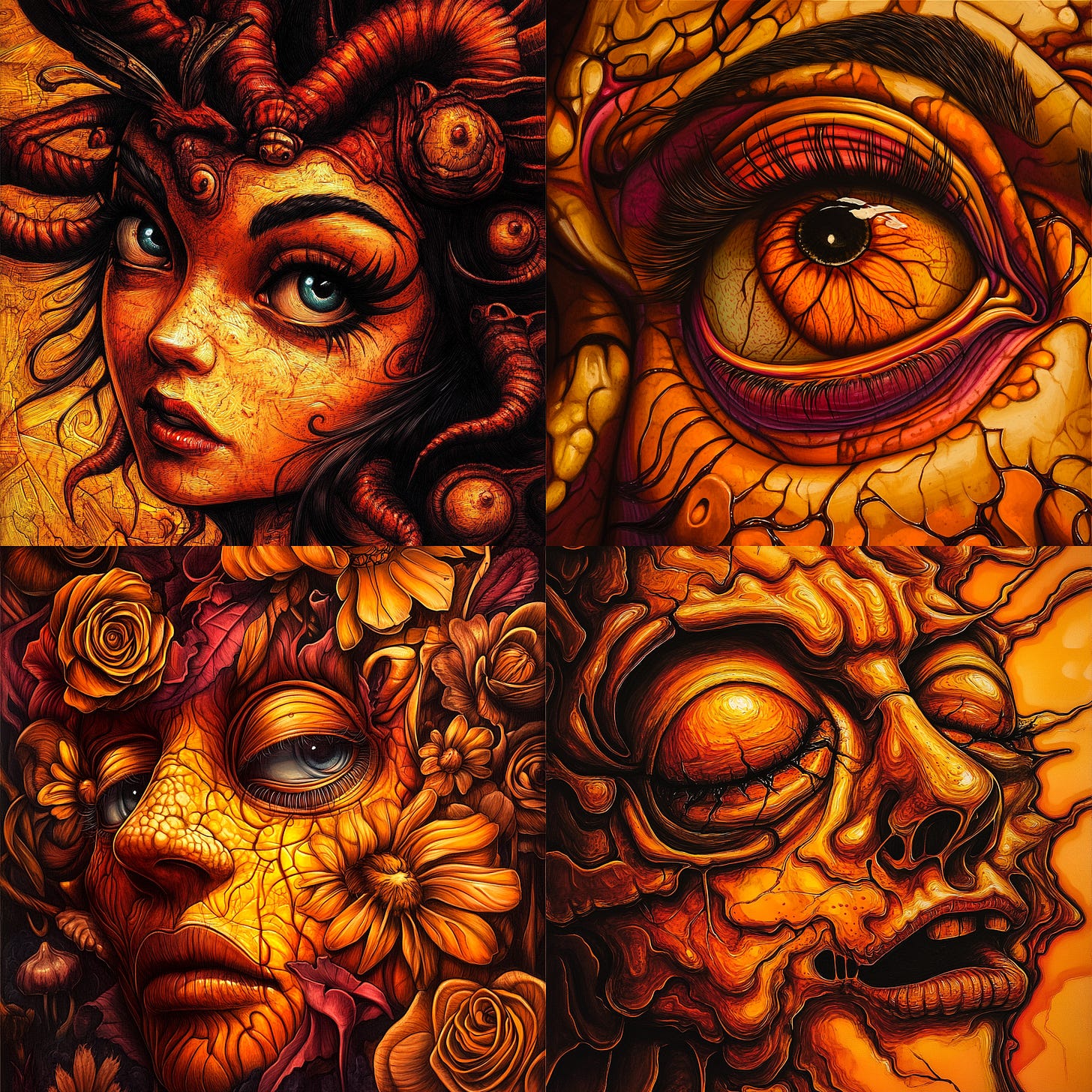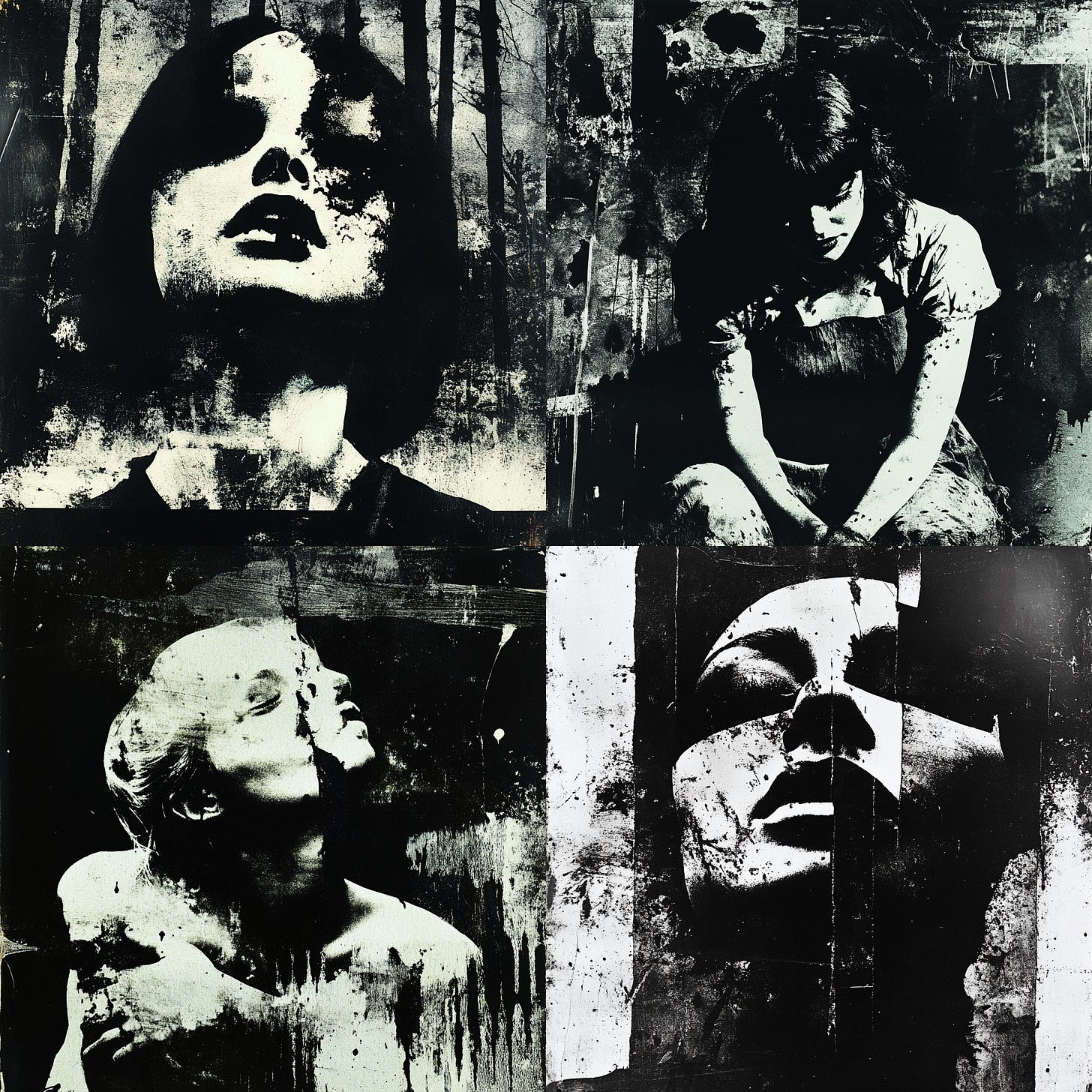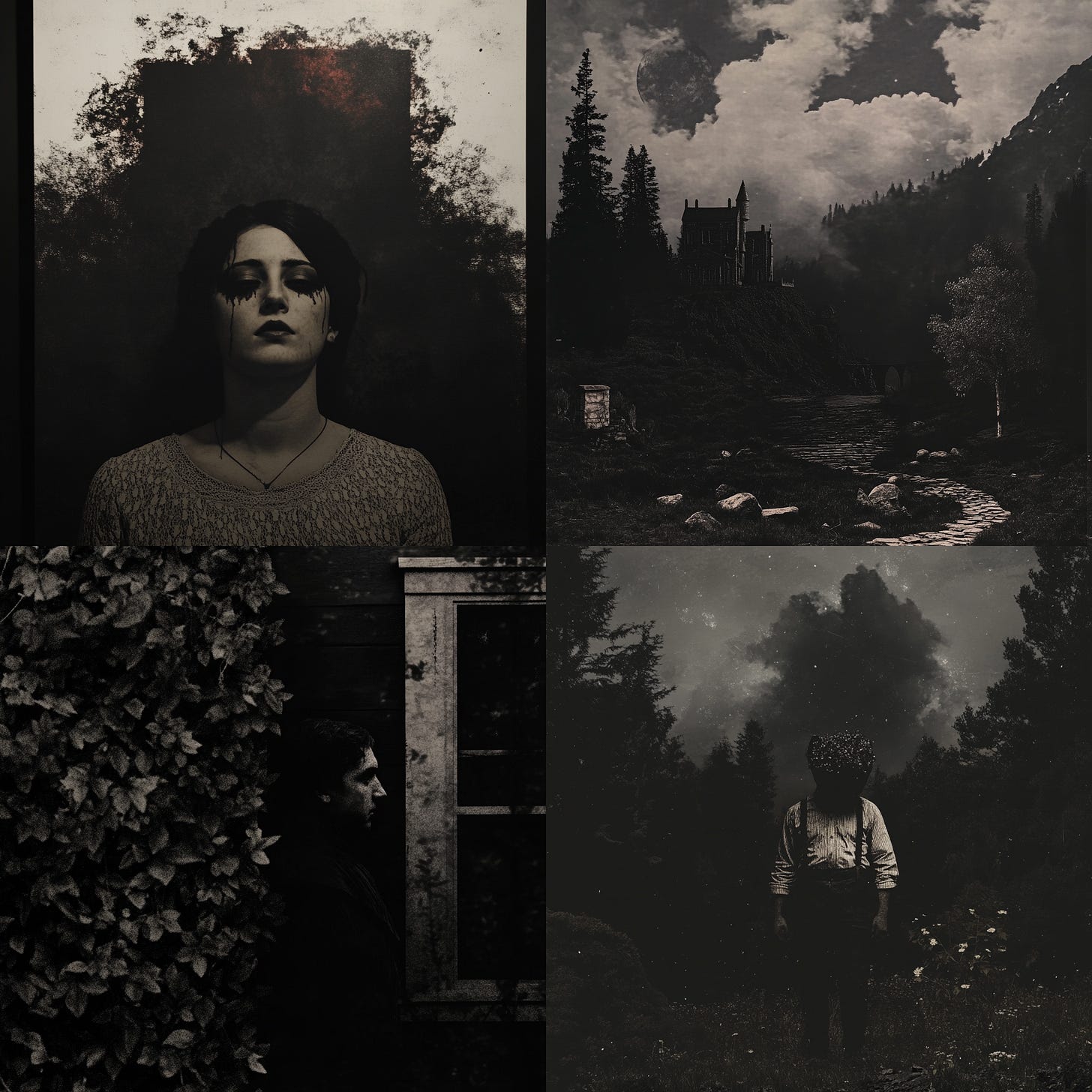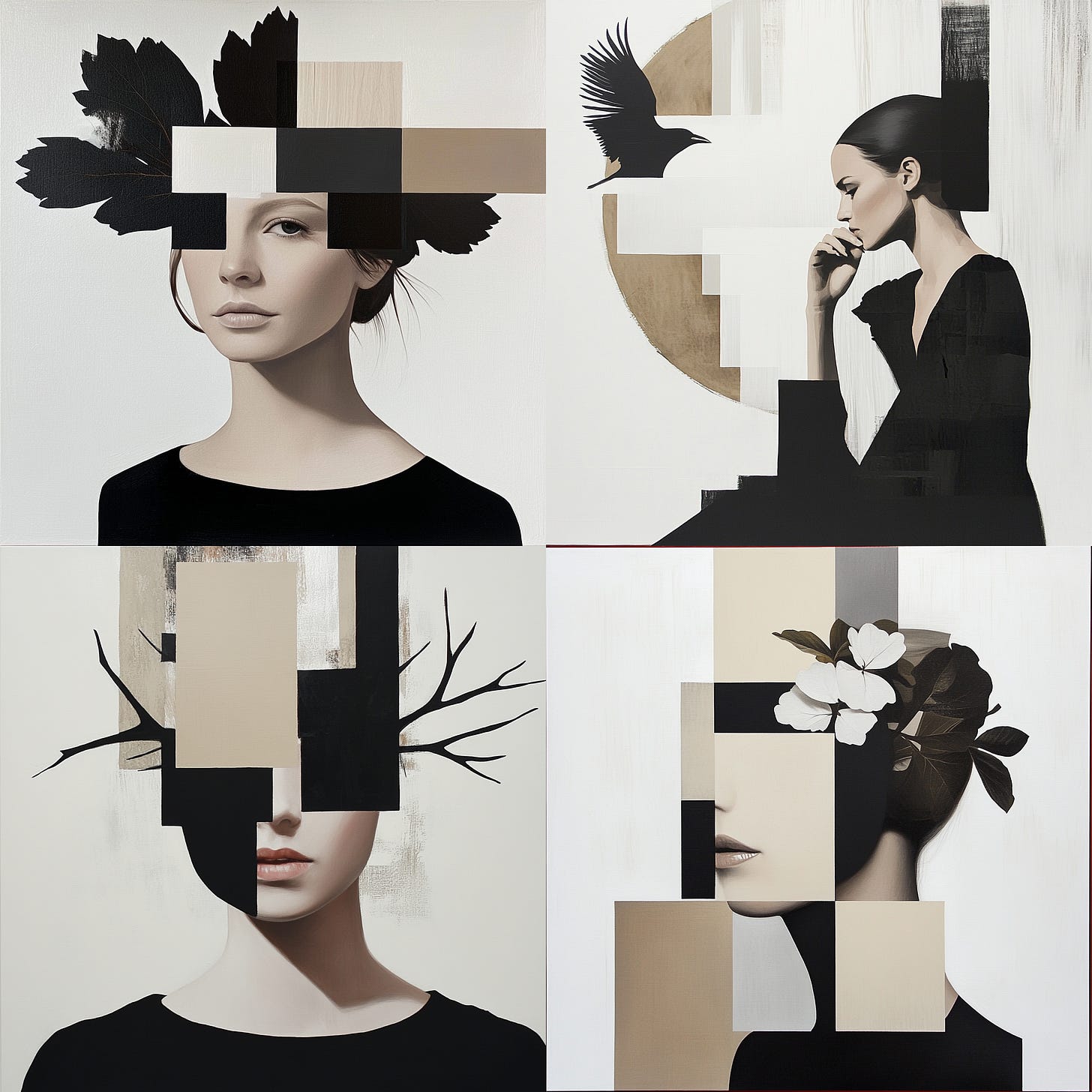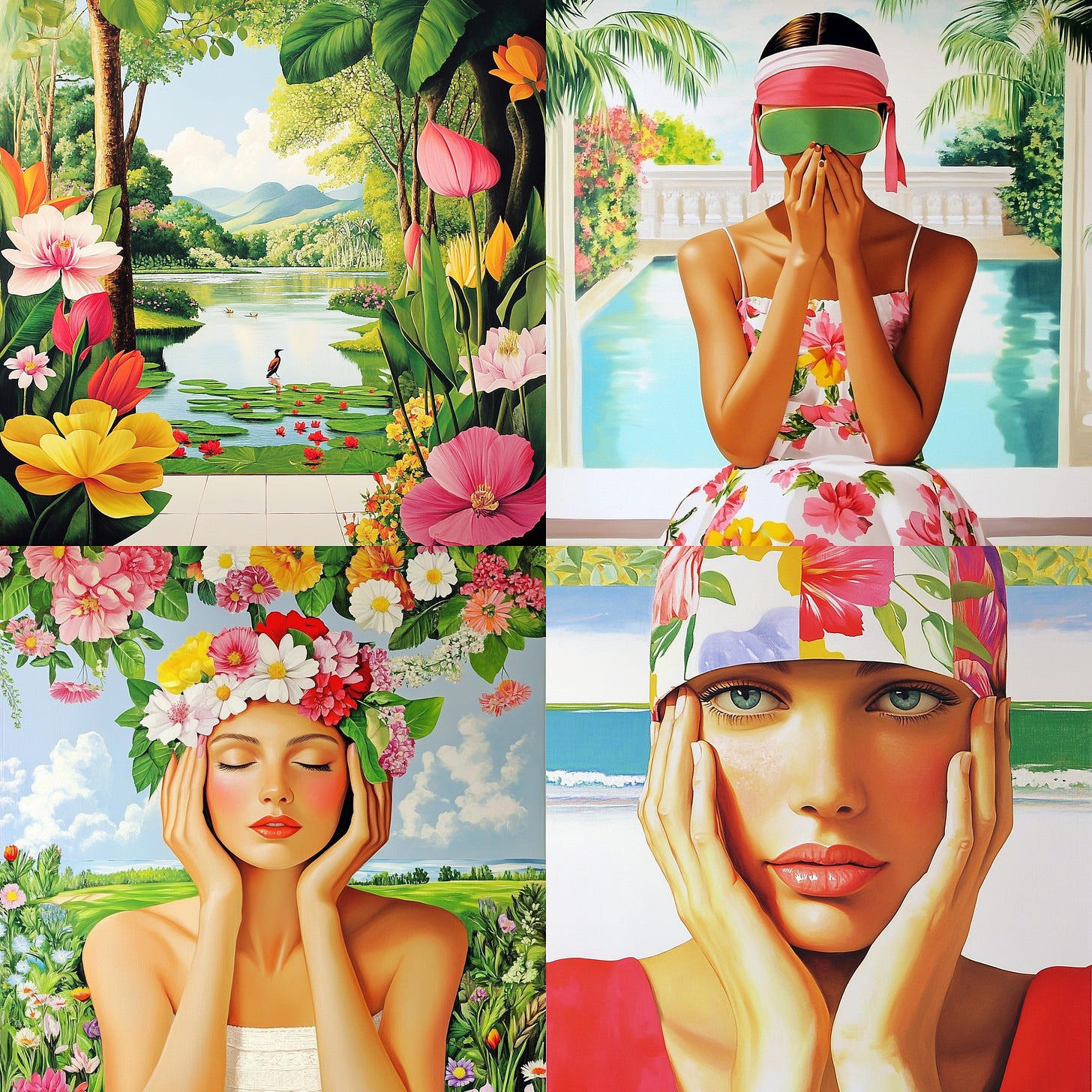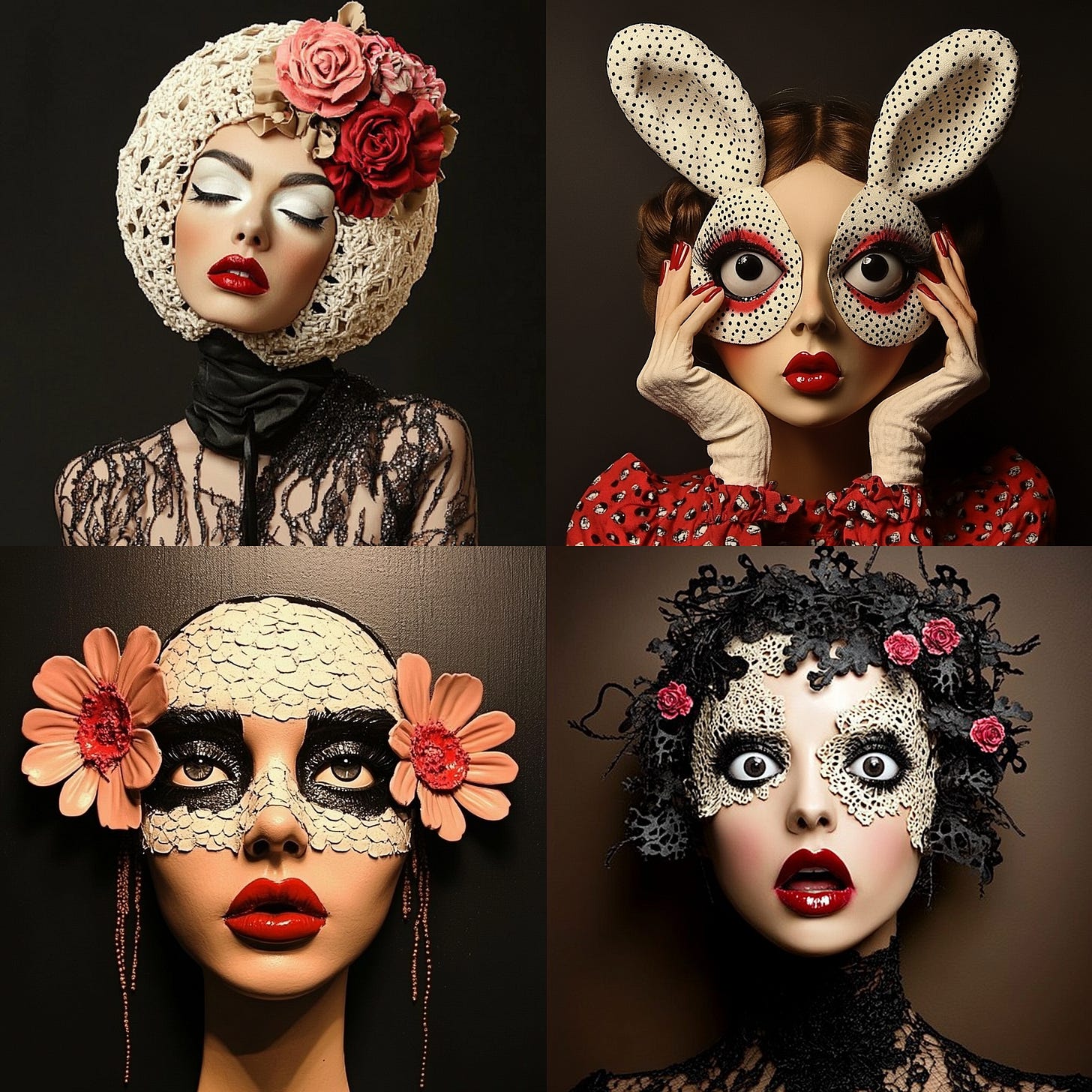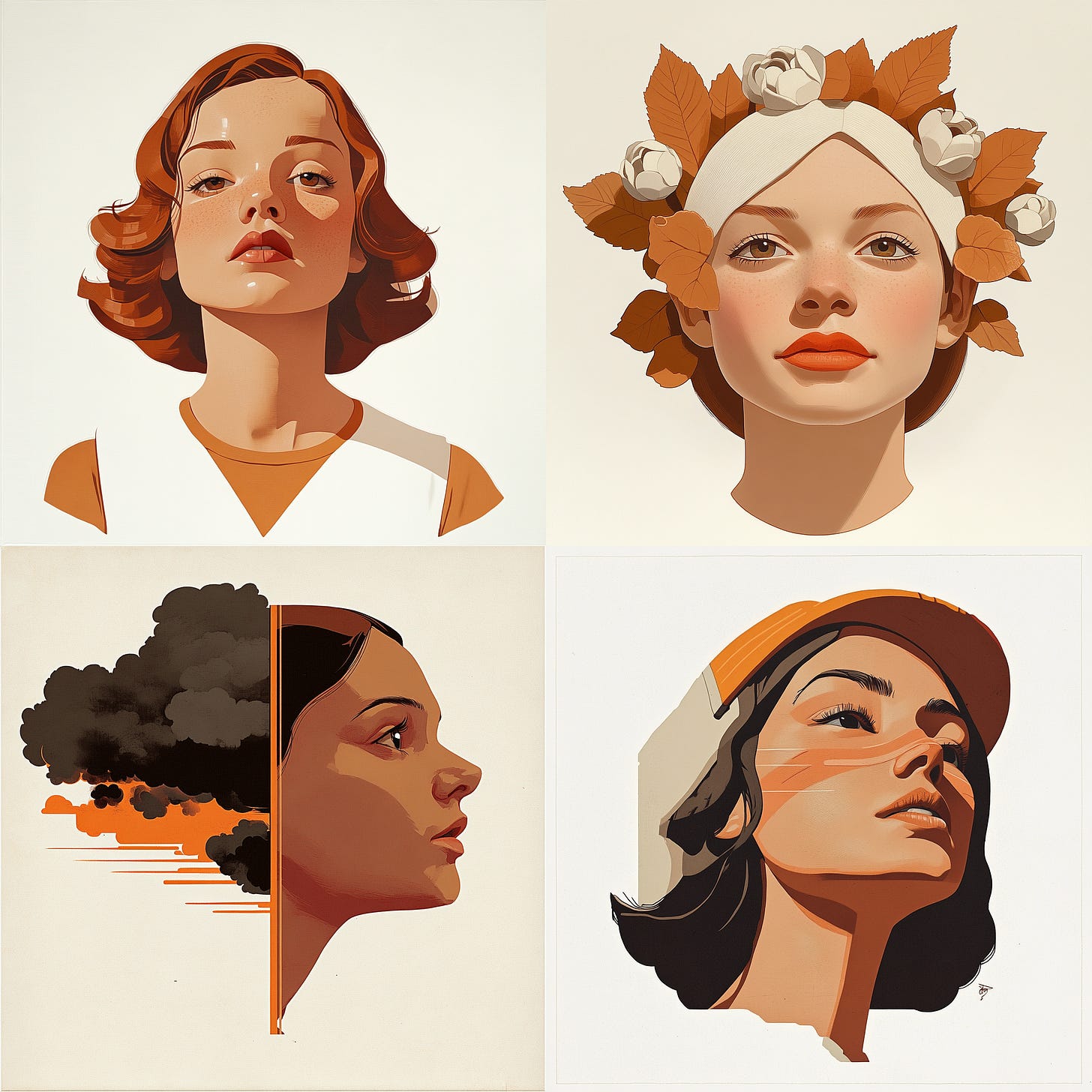Geeky Curiosity's Boutique Collection of Midjourney Styles
Curated aesthetic styles for practical applications. Overcome blank page syndrome.
We've all been there. Looking at the screen, unsure what image to create next—feeling stuck with the prompt vocabulary or lacking in reference materials.
Indeed, resources such as style-related keywords, prompt templates, style reference codes, inspiration images, and so on are extremely useful for igniting the creative engine and making images.
We begin writing the prompt using style-related keywords that we are familiar with, looking for inspiration by browsing through previous images we generated, searching through a pile of messy Sref codes, and god knows who kept the prompts in some obscure note page - all to overcome the terrifying "blank page syndrome".
I'm not sure about you, but keeping the vast amount of resources organized and retrievable is a colossal task that seems to never end.
New things are coming in like a flood, while slightly older items that are still very nice and useful are being pushed into a corner, overwhelmed and inundated by a continuous stream of glittering new things.
Unable to be appropriately processed and managed, the once-valuable resources become nothing more than forgotten files on a hard drive.
The issue is not due to a lack of resources. There are numerous Midjourney styles available on the internet, both recent and obsolete —lots of them.
You may also find them in online articles that you diligently saved, keeping them much like your precious gems.
However, even with so many styles floating around, we continue to experience the "blank page" syndrome when creating images with Midjourney.
It's like one trying to "catch" a style but not sure where to begin.
There is no simple solution to this problem, but I would like to experiment and propose one.
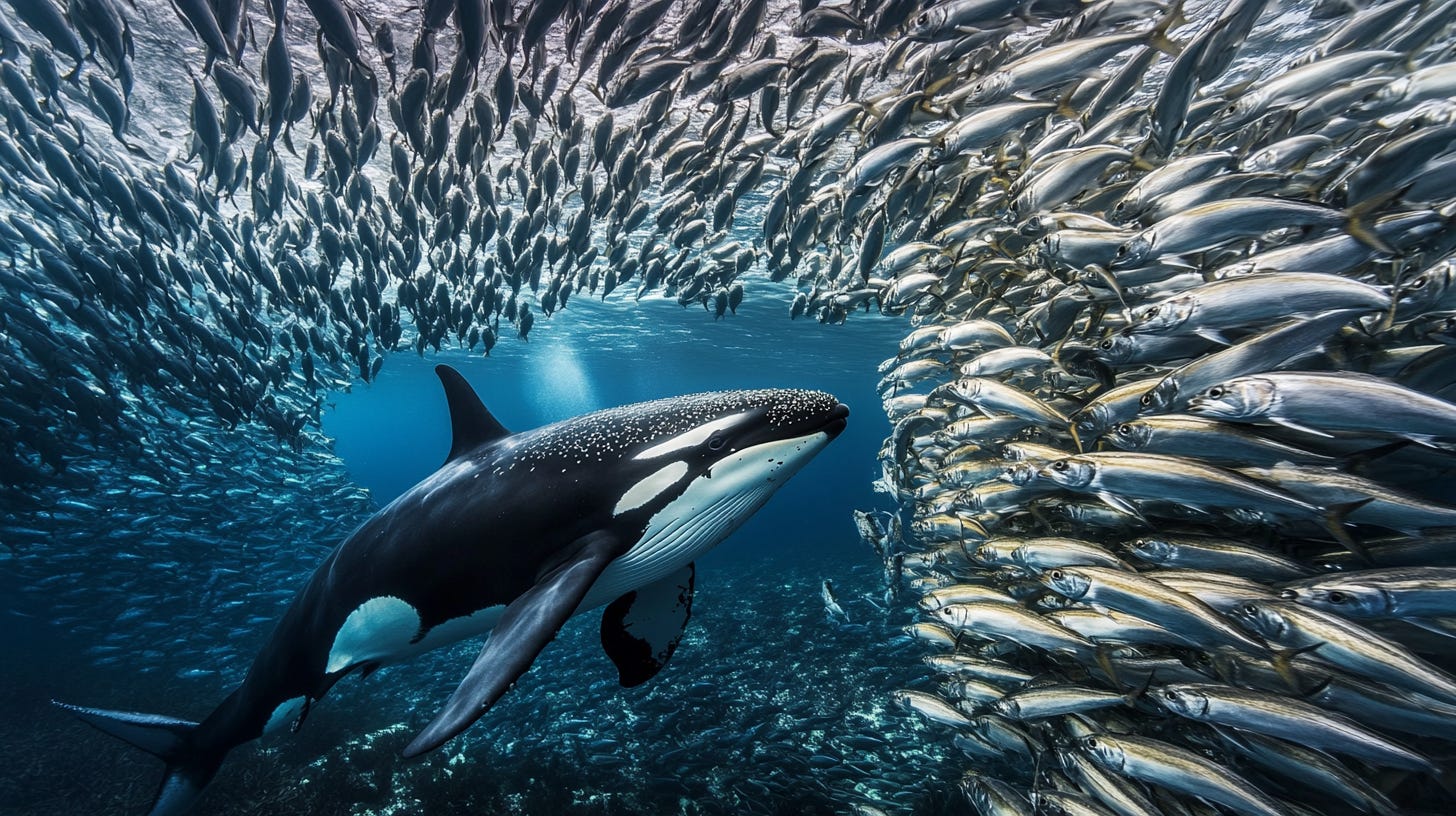
A proposal to group Midjourney resources to their intended use cases
Here is my logic. We use Midjourney to create images with a purpose.
The purposes could be:
For social media: posting on social media to show how cool the images are. For example, a fictional picture of a miniature cat on the fingertip.
For creating videos: use Midjourney images for Runway to generate videos, storytelling, and so on.
For work-related tasks include creating a cover image for an online article, a book cover, a poster, advertisements, brainstorming, illustrating a point, creating stock images, etc.
For leisure: to entertain yourself and others while exploring the AI world with the Midjourney bot.
While there is no clear distinction between the purposes, and they may overlap, it could be a good starting point to group the aesthetic styles by purpose.
For example, suppose you want to create something for work. It is unlikely that you will generate anime images to paste into a presentation file for a corporate presentation with the finance bosses.
Following that, I would put all anime images in a file (or folder) designated for leisure rather than professional work.
However, simple logic does not solve all problems. For example, if we have a Sref code that generates an illustration aesthetic, should we put it in the leisure, work, or social media files? It could be anything.
The proposal is to add multiple tags to the same file to make it meaningful and give an immediate idea of what the folder is about.
For examples:
"Book illustration, fantasy" tag denotes that the style resources (Sref code, style-related keywords, etc.) in the file are intended to be used to create a fantasy-themed illustration.
"Book illustration, children" refers to illustration styles that could be used in children's books.
"Fashion photography" refers to photography styles that relate to fashion photography.
The tags added to the file will increase over time as more subcategories are added to the resource.
Rather than using precise terminology, the tags should be named in broad terms that most people who are unfamiliar with visual art terminology can understand.
The Boutique Collection of Style References (Sref) Codes
To keep things simple, I will begin compiling Sref codes for the resource collection.
Other resources, such as style-related keywords, prompt structures, etc., will be added in the future.
The following are the criteria for a Sref code to be accepted as part of the boutique collection.
The style is attractive and not generic.
The style cannot be easily recreated with simple prompting.
I discovered it, and it could not be found anywhere else. (unless someone else also discovered it independently, which is theoretically possible for a random code but very rare)
It has limited distribution. Subscribers have exclusive access to these resources.
It must include some utility functions. It is not just being pretty.
It is clear, sharp, and focused.
It's been tested to have a consistent appearance.
The preceding steps are designed to ensure that the Sref codes are of high quality.
However, because of this high quality standard, the mined Sref codes have a relatively high failure rate to be selected.
Often, not even 1 in 40 Sref codes will be preliminarily accepted before going to the testing phase! Except for a selected few, most codes will not make it to the final round of selection.
And I am sharing these precious few codes with you, dear paid subscribers.
Not accepted
Here are some examples of Sref codes that failed to get into the boutique collection..
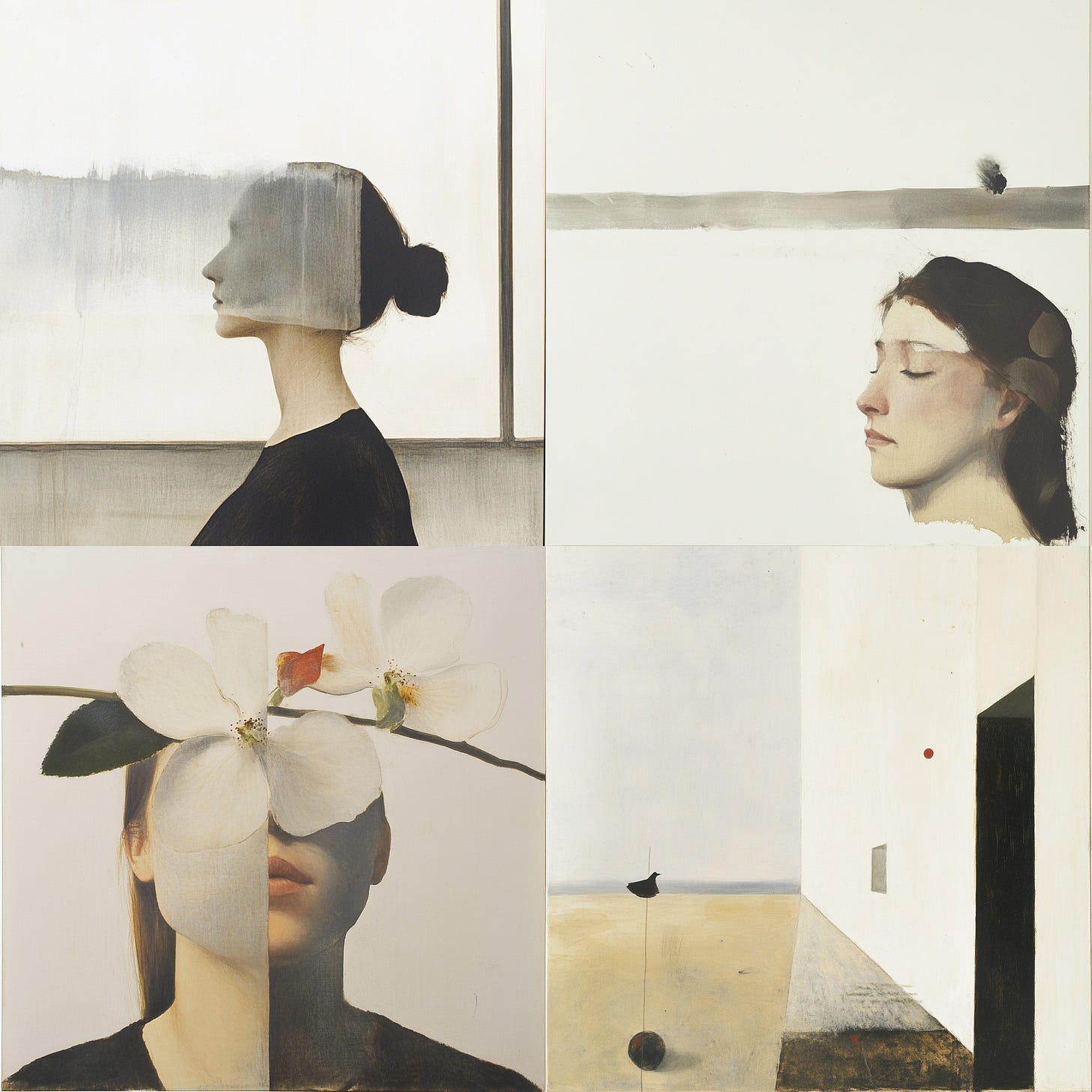
Preliminary accepted
These assets were preliminary accepted before going through several rounds of further testing.
The final assets added to the collection will be smaller to ensure the high quality of the selection.
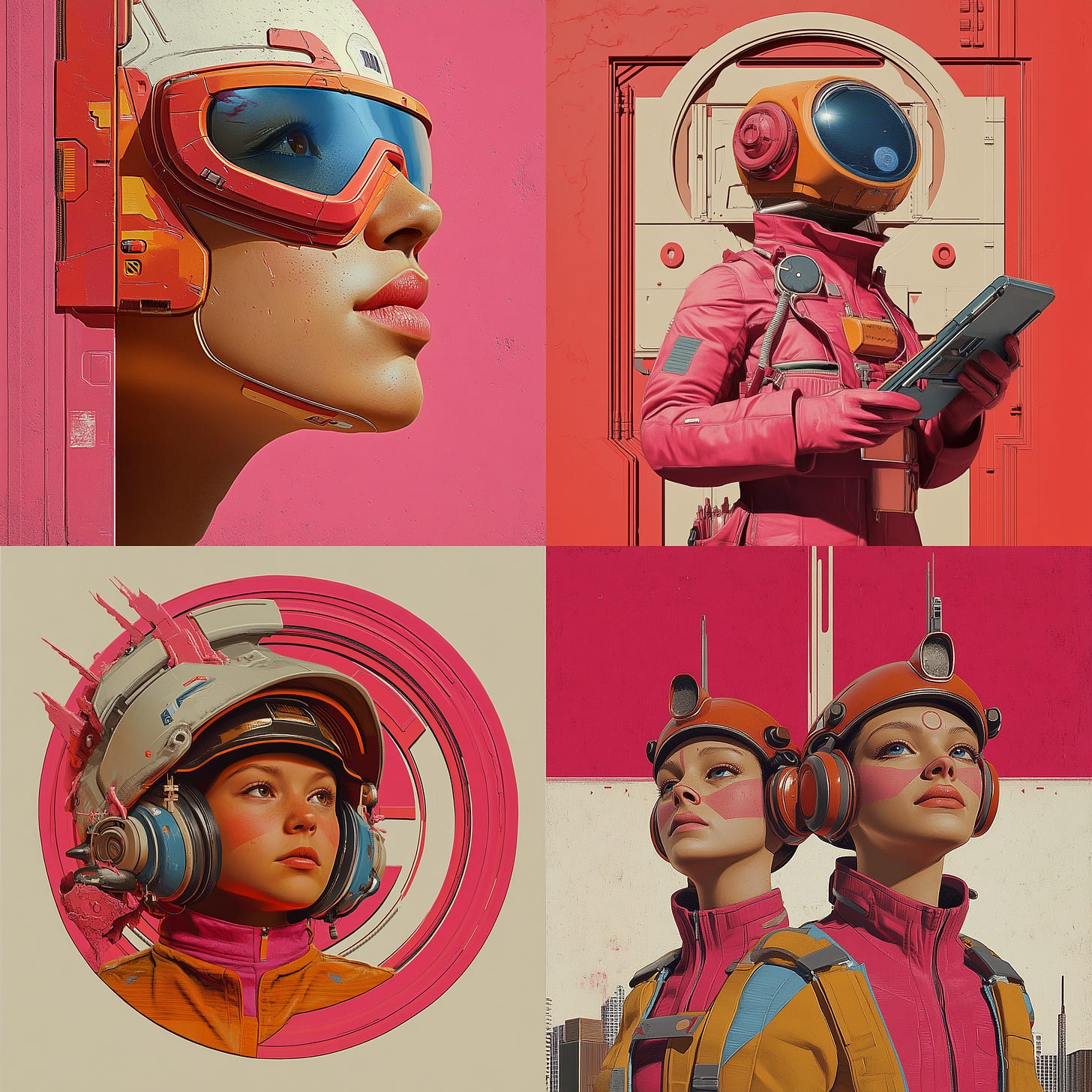
Continuously updated resources
I will continue to update, edit, and re-classify the style assets so that we can make the best use of them.
Because there is so much to learn about a specific Sref code, style assets will be reviewed and researched on a periodic basis to discover its new characteristics.
To avoid spamming your email inbox, I will only notify you when there is a significant change, such as the release of a new set of resources.
A typical set of new resources includes 5 Sref codes/set handpicked, tested, and curated from hundreds of codes.
The way these style assets are managed will also be reviewed over time in order to further limit the distribution of the assets so that only loyal subscribers can reap the greatest benefits.
The first set of premium resources
Link to Midjourney Style Resources #1: Iridescent, photography
Related article
I hope you liked this article!
Please subscribe, like, share, and comment so that more people can discover Geeky Curiosity newsletter.
Geeky Curiosity is a reader-supported publication. To receive new posts and support my work, consider becoming a free or paid subscriber.




